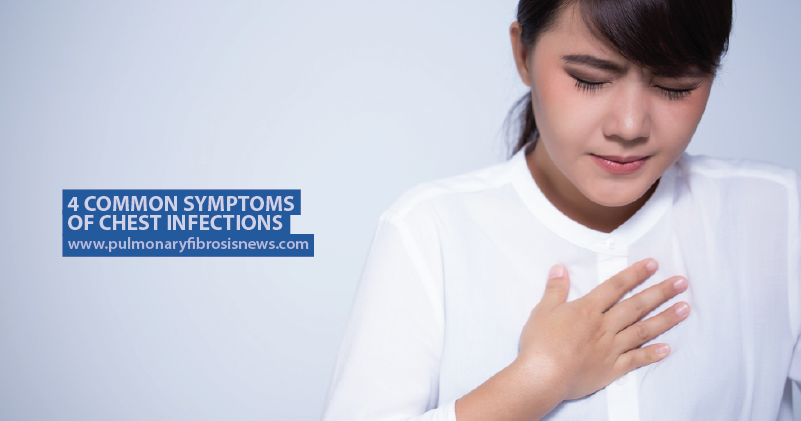4 Common Symptoms of Chest Infections

According to the Better Health Channel, a chest infection affects either the larger airways or the smaller air sacs of the lungs. Most chest infections are viruses, meaning that the body’s immune system is enough to fight the infection on its own. However, with most bacterial chest infections, antibiotics are needed.
Chest infections are caused by a virus or bacteria and are particularly rife during winter months. Some chest infections may take a couple days to take hold, whereas some may come on more slowly.
So what are the symptoms of a chest infection?
Symptoms can vary depending on age, the cause of the infection, and any other existing health condition, but often include:
Fever. This includes anything from sweating to shivering to chills.
Coughing up phlegm or blood. Phlegm is a thick mucus produced by infection. It could be brown, yellow or green in color.
MORE: Five ways to help a friend with pulmonary fibrosis
Difficulty breathing. This could be breathing faster than usual, chest pain or tightness.
Feeling unwell. When you have a chest infection, you tend to feel slightly “off.” This includes headaches, stomach pain, other general aches and pains and a loss of appetite.
Vomiting. Small children are particularly prone to vomiting or diarrhea with chest infections as well as becoming irritable or lethargic.
MORE: Six ways to get the most out of your doctor’s appointments
Pulmonary Fibrosis News is strictly a news and information website about the disease. It does not provide medical advice, diagnosis or treatment. This content is not intended to be a substitute for professional medical advice, diagnosis, or treatment. Always seek the advice of your physician or another qualified health provider with any questions you may have regarding a medical condition. Never disregard professional medical advice or delay in seeking it because of something you have read on this website.







